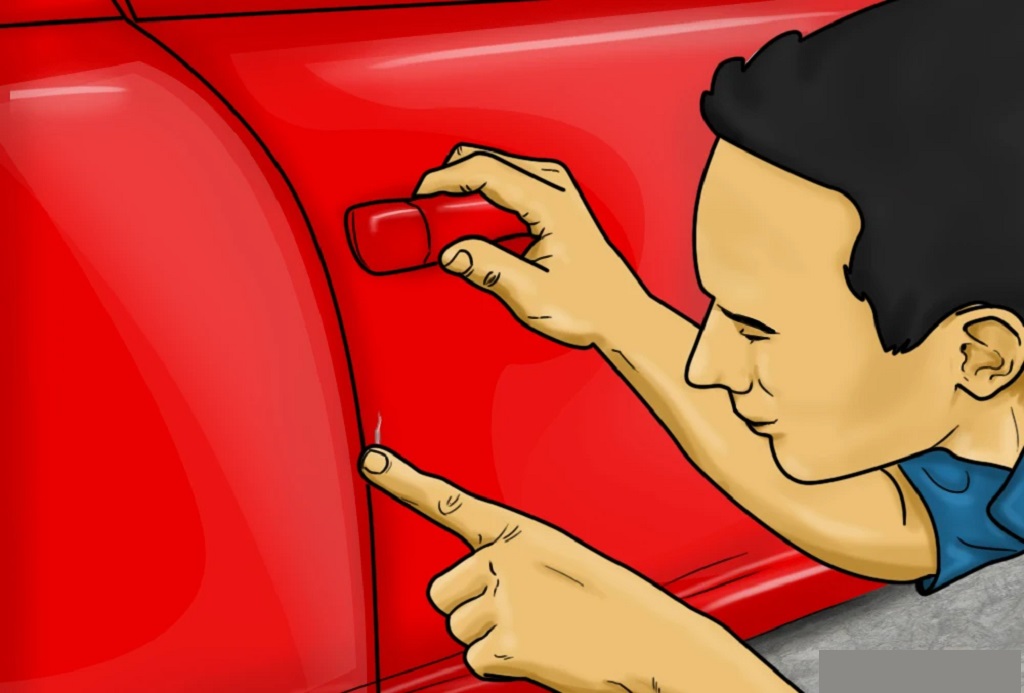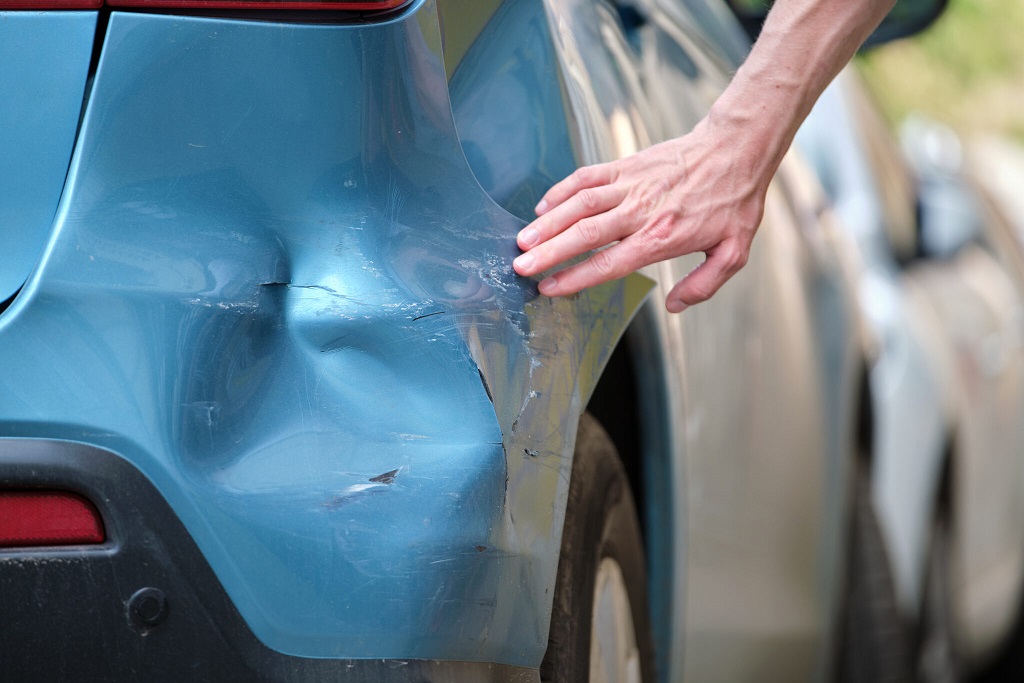
DIY Car Dent Repair: Easy Methods to Fix Small Dents at Home
Discovered a door ding or a pesky crease on your car’s body panel? Don’t despair! Minor dents can often be rectified at home, saving you the hassle and expense of a trip to a professional body shop. Here, we’ll delve into effective DIY car dent repair methods, along with valuable tips to ensure a successful outcome.
Understanding Dent Repair: Not One Size Fits All
The approach to DIY dent repair depends on the severity and location of the damage. For small, shallow dents on smooth panels, techniques like paintless dent repair (PDR) can be remarkably effective. PDR involves accessing the backside of the dent and using specialized tools to gently massage it out, preserving the original paint job.
According to a 2022 survey by the National Automobile Dealers Association (NADA), PDR is typically 40-70% less expensive than traditional body shop repairs.
However, PDR might not be suitable for complex dents, creases, or those located on heavily contoured body parts. In such cases, dent removal might necessitate additional techniques or professional intervention.
DIY Dent Repair Techniques: Taking Charge
For the adventurous DIYer, several at-home methods can address minor dents. Here are two popular options to consider:
- The Plunger Method: This ingenious trick utilizes a common household plunger to address shallow dents. Place a damp plunger over the dent and create a seal. With a quick, forceful pull, the suction might just pop the dent out.
- The Hot Water and Compressed Air Method: Applicable to plastic car parts like bumpers, this method involves carefully applying heat with a hairdryer followed by a blast of compressed air. The rapid temperature change can cause the plastic to contract and push the dent out.
Important Considerations Before You Begin
While DIY car dent repair can be empowering, it’s crucial to approach it with caution. Here are some key pointers to remember:
- Assess the Damage: Not all dents are created equal. If the dent is deep, creased, or located on a hinge or body line, it’s best to consult a professional.
- Gather the Right Tools: Investing in a basic PDR kit, which might include dent pullers and glue tabs, can significantly aid the repair process.
- Practice Makes Perfect: Don’t experiment directly on your car. Hone your skills by practicing on a scrap piece of metal with replicated dents.
- Patience is Key: Removing dents takes time and finesse. Don’t get discouraged if you don’t see immediate results.
Beyond the Basics: Tips from the Pros
For those who have tackled a DIY dent repair project before, here are some expert-approved insights to elevate your skills:
- Use the Right Lighting: Adequate lighting is essential to properly assess the dent’s depth and progress of the repair.
- Heat Can Be Your Friend: Applying controlled heat with a hairdryer can make certain dents more pliable and easier to manipulate.
- Work from Behind If Possible: Whenever possible, access the backside of the dent for more leverage and a smoother repair process.
- Know When to Say When: If a dent proves too stubborn, don’t force it. You risk causing further damage that might necessitate professional intervention.
Related: How To Make Car Insurance Cheaper For Young Drivers
The Final Takeaway: Empower Yourself with Knowledge
DIY car dent repair can be a rewarding experience, restoring your car’s pristine look and saving you money. By understanding the different techniques, wielding the right tools, and approaching the project with a cautious yet determined spirit, you can effectively address those minor car dings and keep your vehicle looking its best. Remember, if the damage is beyond your comfort zone, seeking professional help is always a wise decision.




